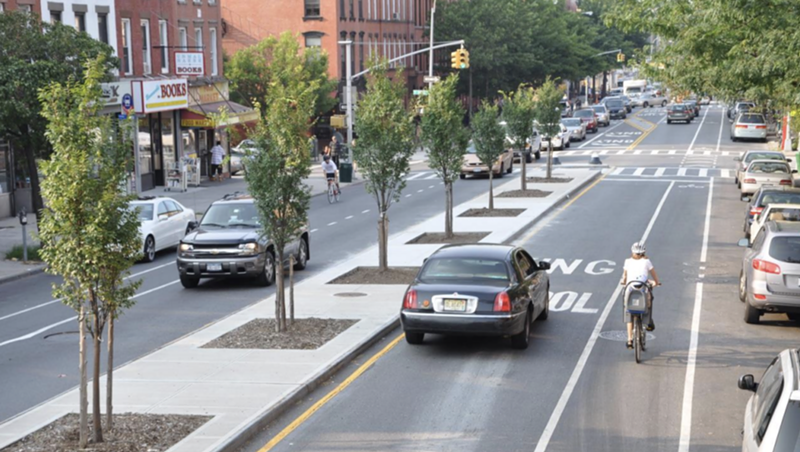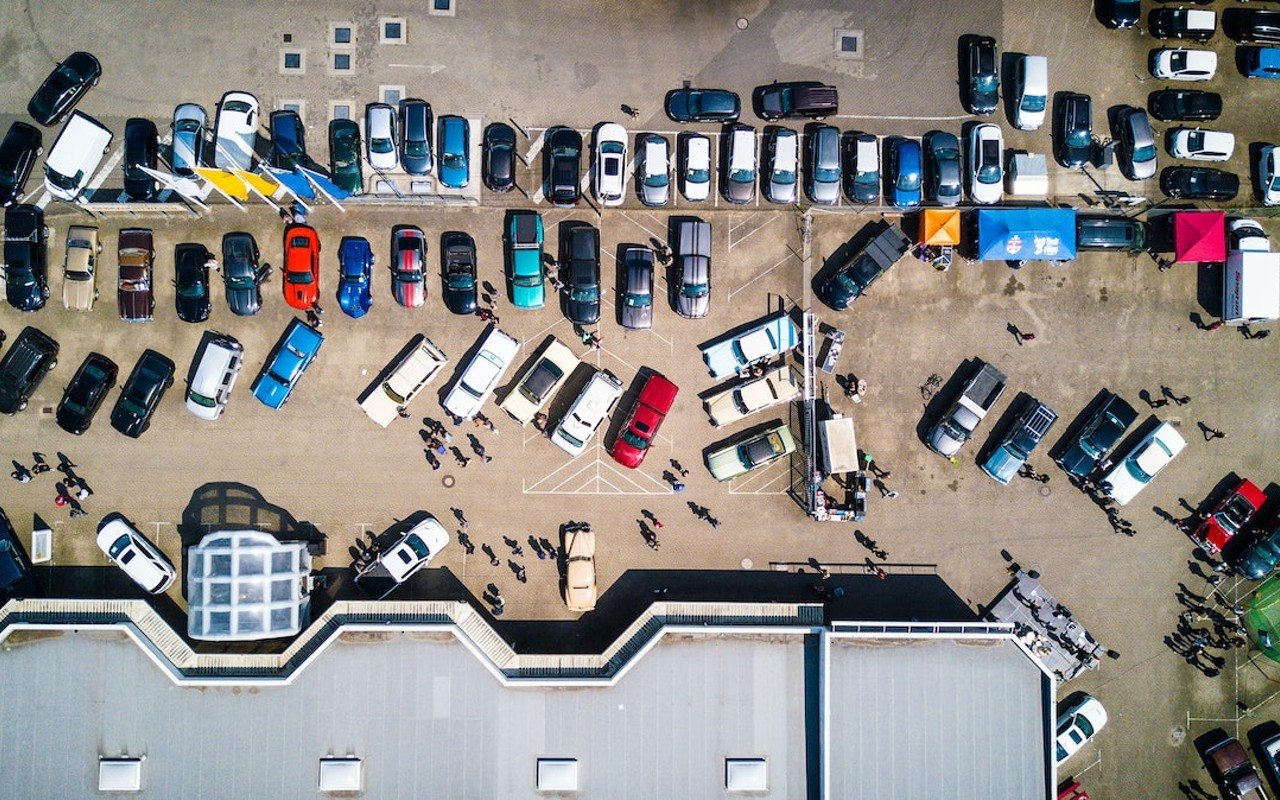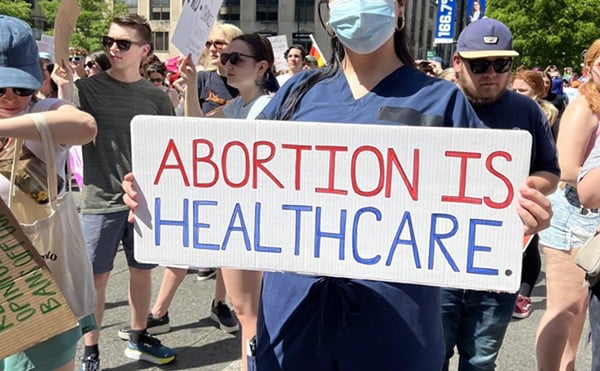
Photo: NYCDOT
This "Complete Streets" area in the Brooklyn borough in New York City is an example of what Cincinnati is attempting.
Pedestrian-friendly "Complete Streets" are coming to Cincinnati, thanks to a new law passed by city council on Nov. 30.
The council unanimously passed the measure, which requires the Cincinnati Department of Transportation and Engineering (DOTE) to better consider non-vehicle travelers by adhering to the Complete Streets model, which designs and operates streets with a focus on accessibility and safety.
Council member Mark Jeffreys, the measure's co-author, said Complete Streets represents a historic shift in city transportation.
"For 75 years, we designed streets and thought first about cars; how fast we can get cars through, speed was more important, and this flips it," Jeffreys said. "When you build mini highways through neighborhoods, it destroys a sense of community. When you have Complete Streets, it builds community."
The Complete Streets model comes from the Complete Streets Coalition, a national nonprofit, non-partisan alliance of organizations and transportation professionals. According to the coalition’s website, more than 1,600 Complete Streets policies have been passed in the United States.
Bike facilities
The council unanimously passed the measure, which requires the Cincinnati Department of Transportation and Engineering (DOTE) to better consider non-vehicle travelers by adhering to the Complete Streets model, which designs and operates streets with a focus on accessibility and safety.
Council member Mark Jeffreys, the measure's co-author, said Complete Streets represents a historic shift in city transportation.
"For 75 years, we designed streets and thought first about cars; how fast we can get cars through, speed was more important, and this flips it," Jeffreys said. "When you build mini highways through neighborhoods, it destroys a sense of community. When you have Complete Streets, it builds community."
The Complete Streets model comes from the Complete Streets Coalition, a national nonprofit, non-partisan alliance of organizations and transportation professionals. According to the coalition’s website, more than 1,600 Complete Streets policies have been passed in the United States.
The five categories of "Complete Streets"
Complete Streets requires DOTE to consider five categories when working on roads and sidewalks in the city. If an improvement can't be made, DOTE must document why. The categories include:Bike facilities
Under the new law, road projects will need to account for cyclists by providing bike lanes, either open or protected, as well as shared-use paths.
Sidewalk and curb ramps
Engineers will need to add new sidewalks where none existed previously. Sidewalks in need of repair must be fixed or replaced. Depending on the project, sidewalks may also need to be widened. Curb ramps must be added where none existed previously and must also be ADA compliant.
Traffic calming
To reduce speed, engineers will need to install or repair speed cushions or speed humps or lower the speed limit all together in some areas. Engineers also should make changes to parking hours, extend curbs, create pedestrian islands and remove slip lanes, among other options for street "rightsizing."
Safety improvements
For overall safety improvements, engineers would need to install or improve stop signs, pedestrian priority signals, countdown signals and traffic signals. The department also should install or improve more street lighting.
Comfort enhancements
Some improvements are aimed at making active transportation more attractive to travelers, including installing street trees, pedestrian-level street lighting, hillside step improvements and more bike racks. The checklist also calls for more streeteries and "parklets" to be approved by DOTE.
A matter of public health
During a Nov. 22 climate, environment and Infrastructure committee meeting, Dustin Holfinger from the American Heart Association told the committee that Complete Streets is a matter of public health."These kinds of safety improvements to our streets will help provide more opportunities to our people to be physically active as a part of their daily routines," Holfinger said. "Living in walkable communities lowers the risk of heart disease, stroke, hypertension, diabetes and some types of cancer."
Holfinger urged council to "make up for years of lost opportunities" in low-income communities by prioritizing Complete Streets in neighborhoods that have been historically overlooked for improvements.
"We would suggest the city's formal departmental guidance state that projects equitably prioritize projects in underserved neighborhoods and communities with lower household incomes, and communities of color that have lacked well-maintained routes to parks and schools — roads, bike lanes, sidewalks — for some decades," Holfinger said. "In many cases they do not have safe transportation options at all, and these same neighborhoods often experience higher rates of chronic diseases."
Complete Streets went into effect immediately after council's vote.
Follow CityBeat's staff news writer Madeline Fening on Twitter and Instagram.
Coming soon: CityBeat Daily newsletter. We’ll send you a handful of interesting Cincinnati stories every morning. Subscribe now to not miss a thing.
Follow CityBeat's staff news writer Madeline Fening on Twitter and Instagram.
Follow us: Google News | NewsBreak | Reddit | Instagram | Facebook | Twitter







